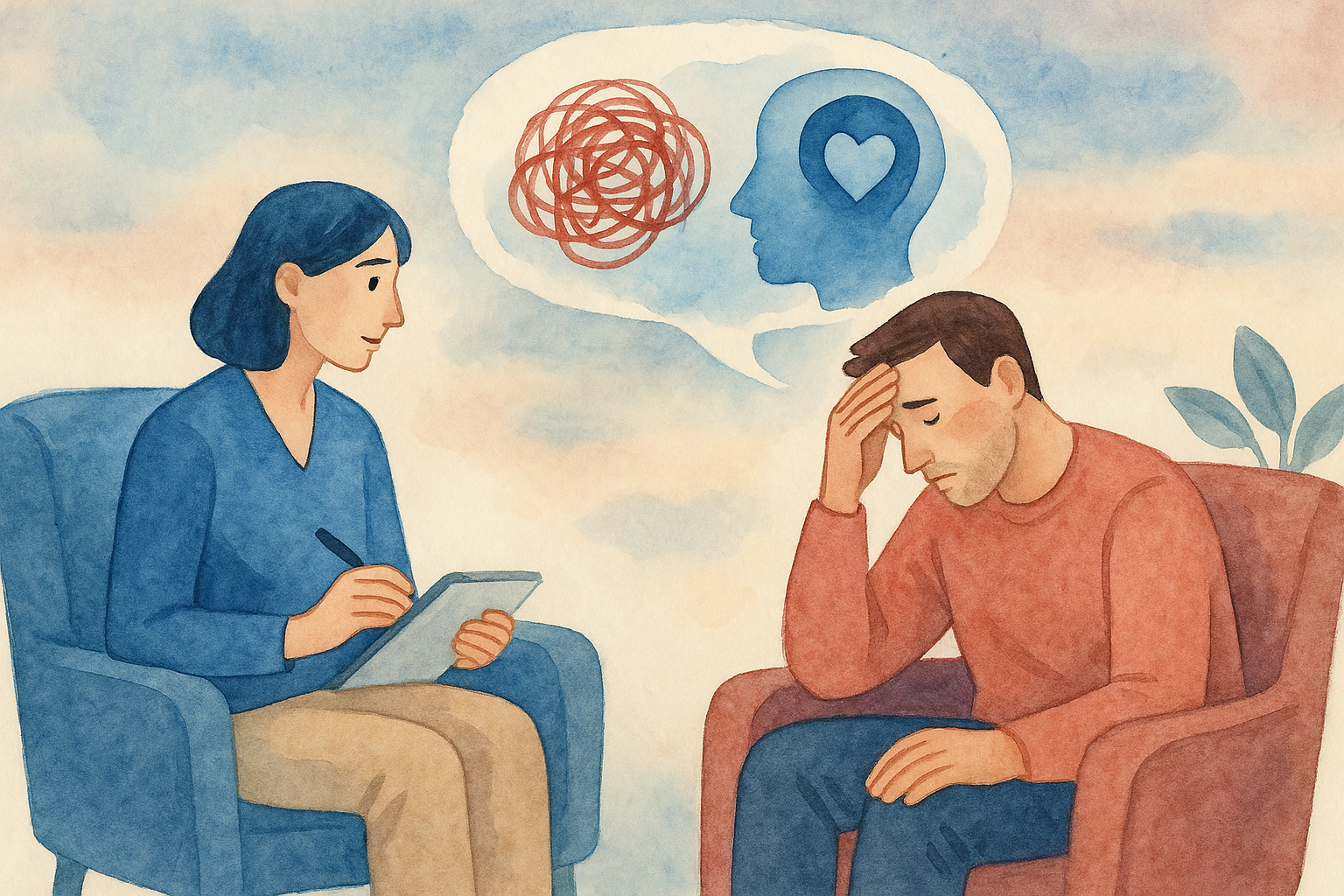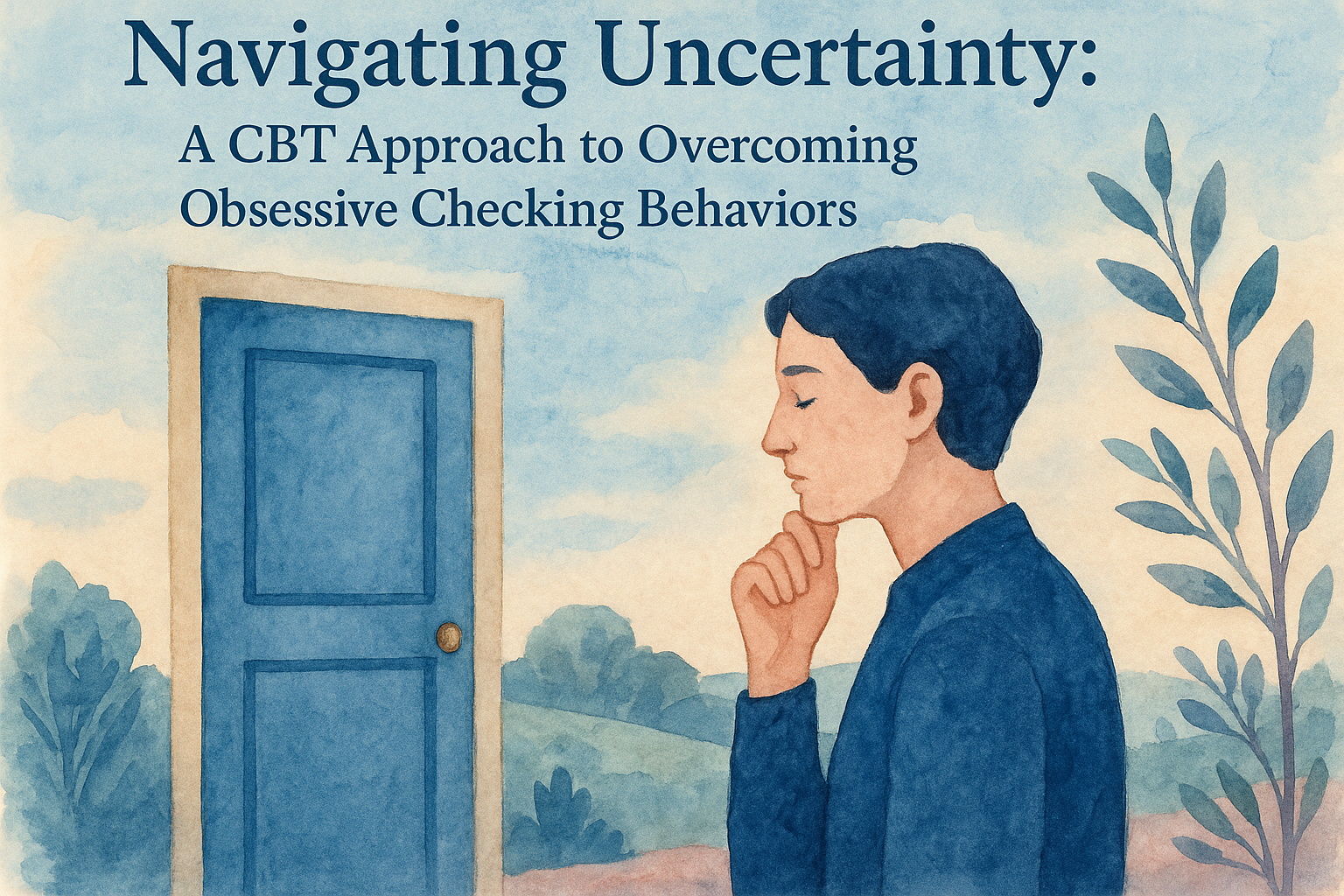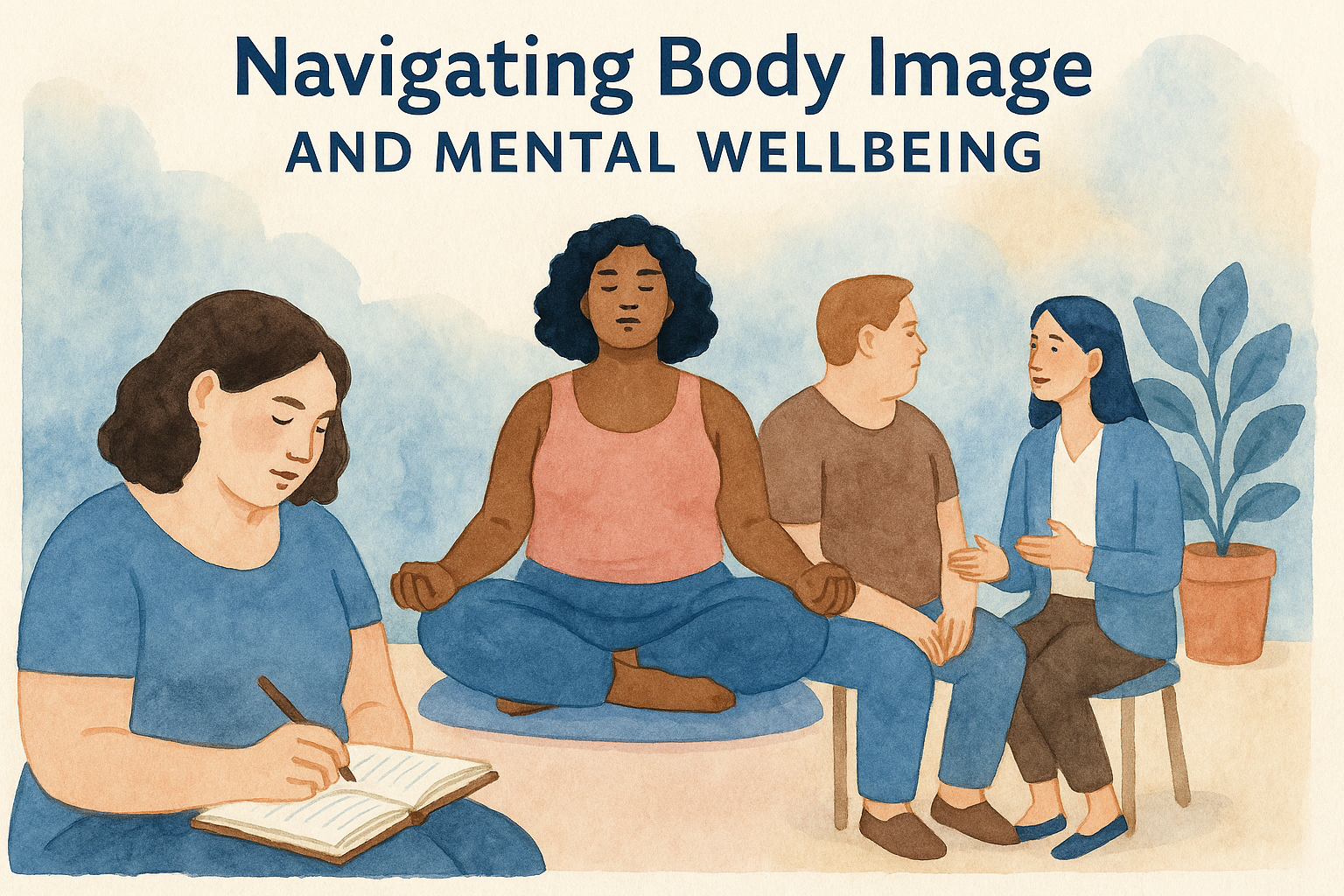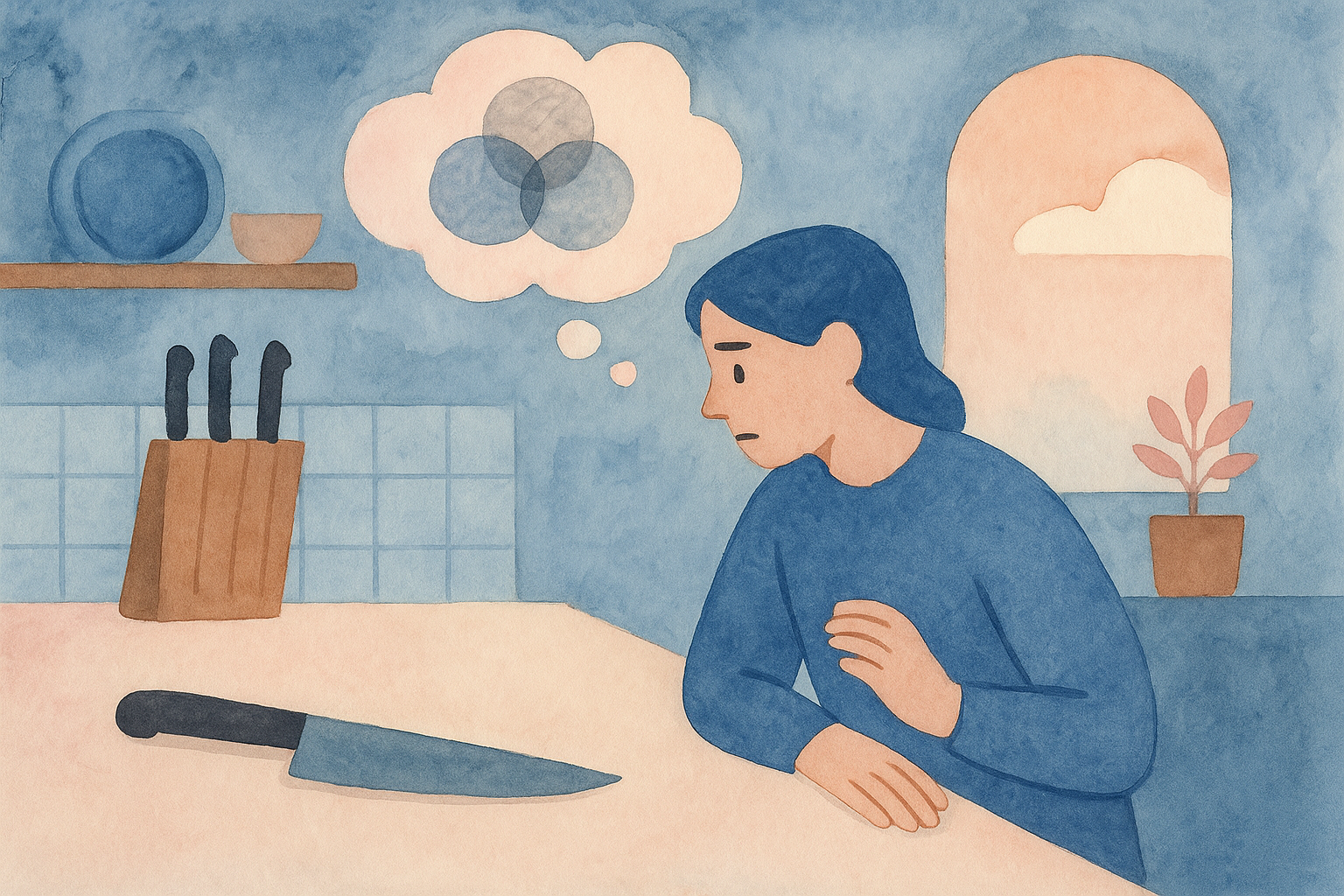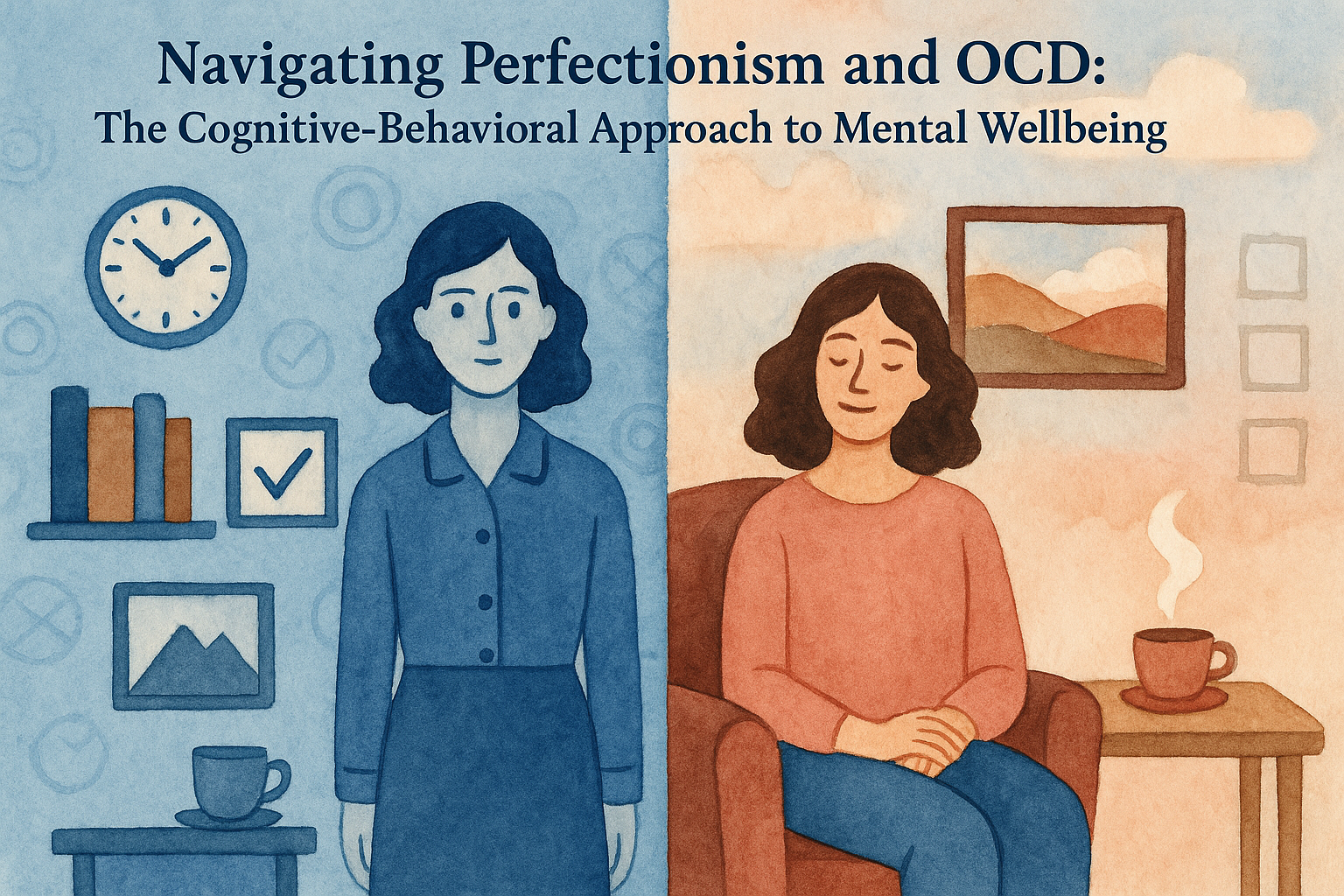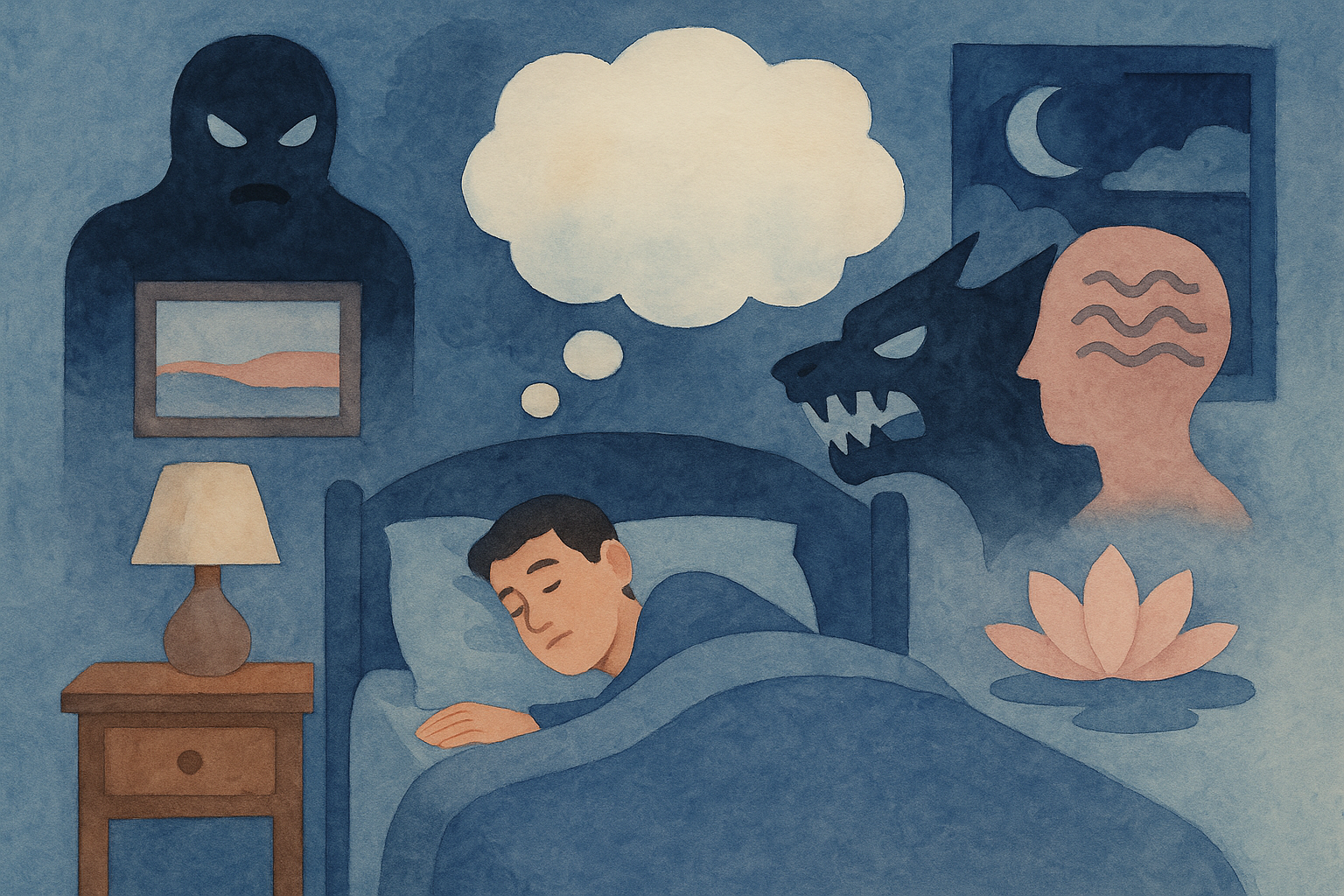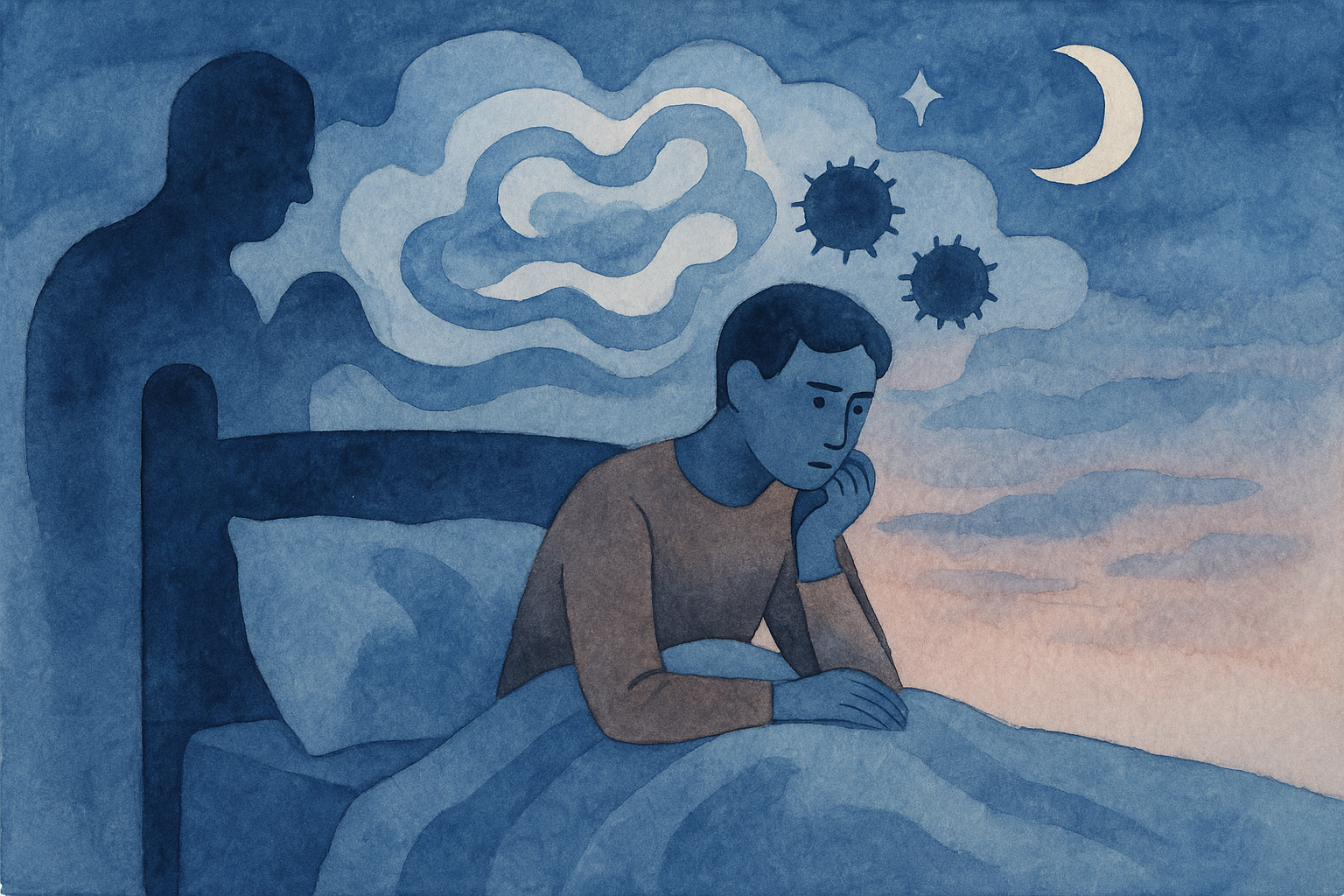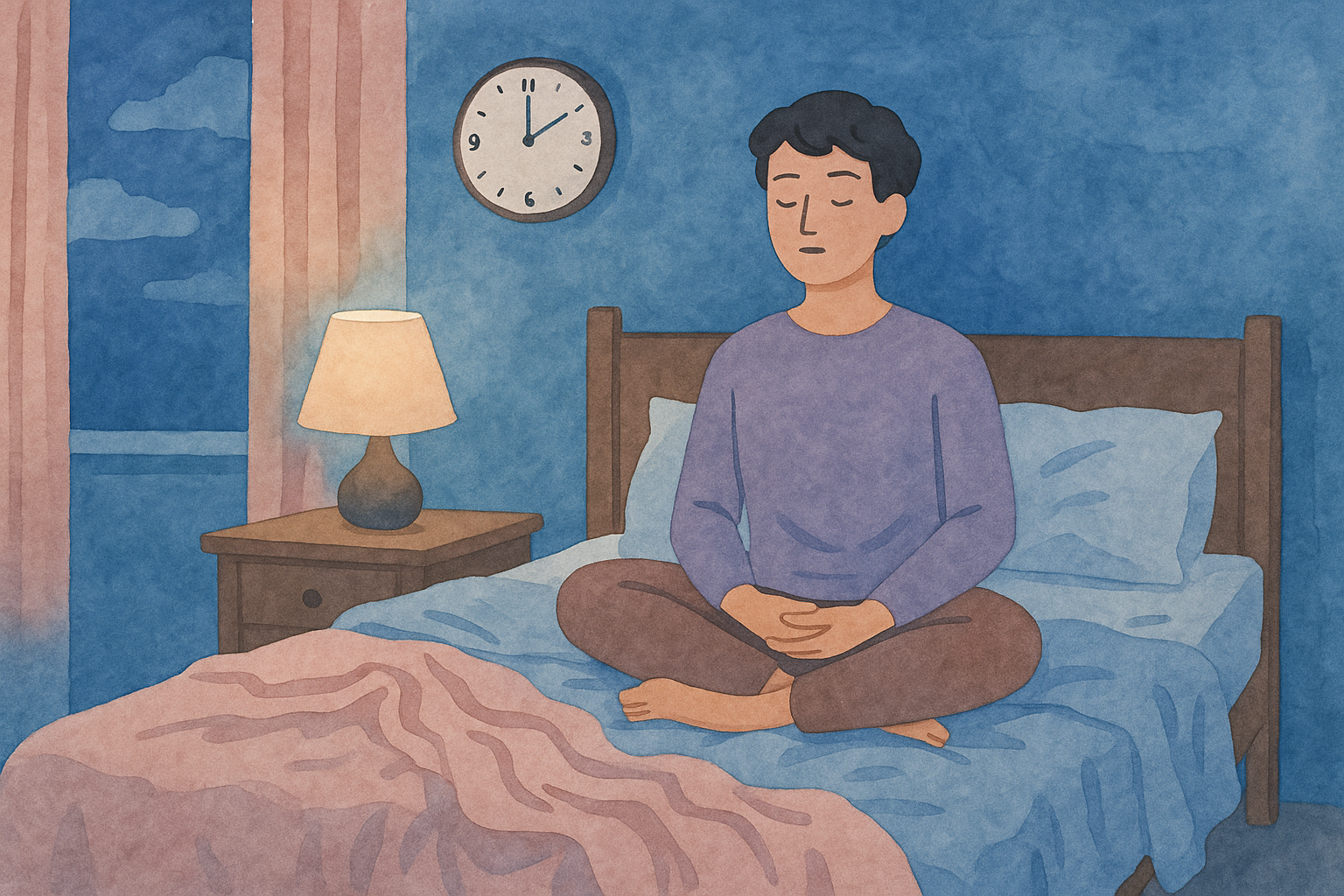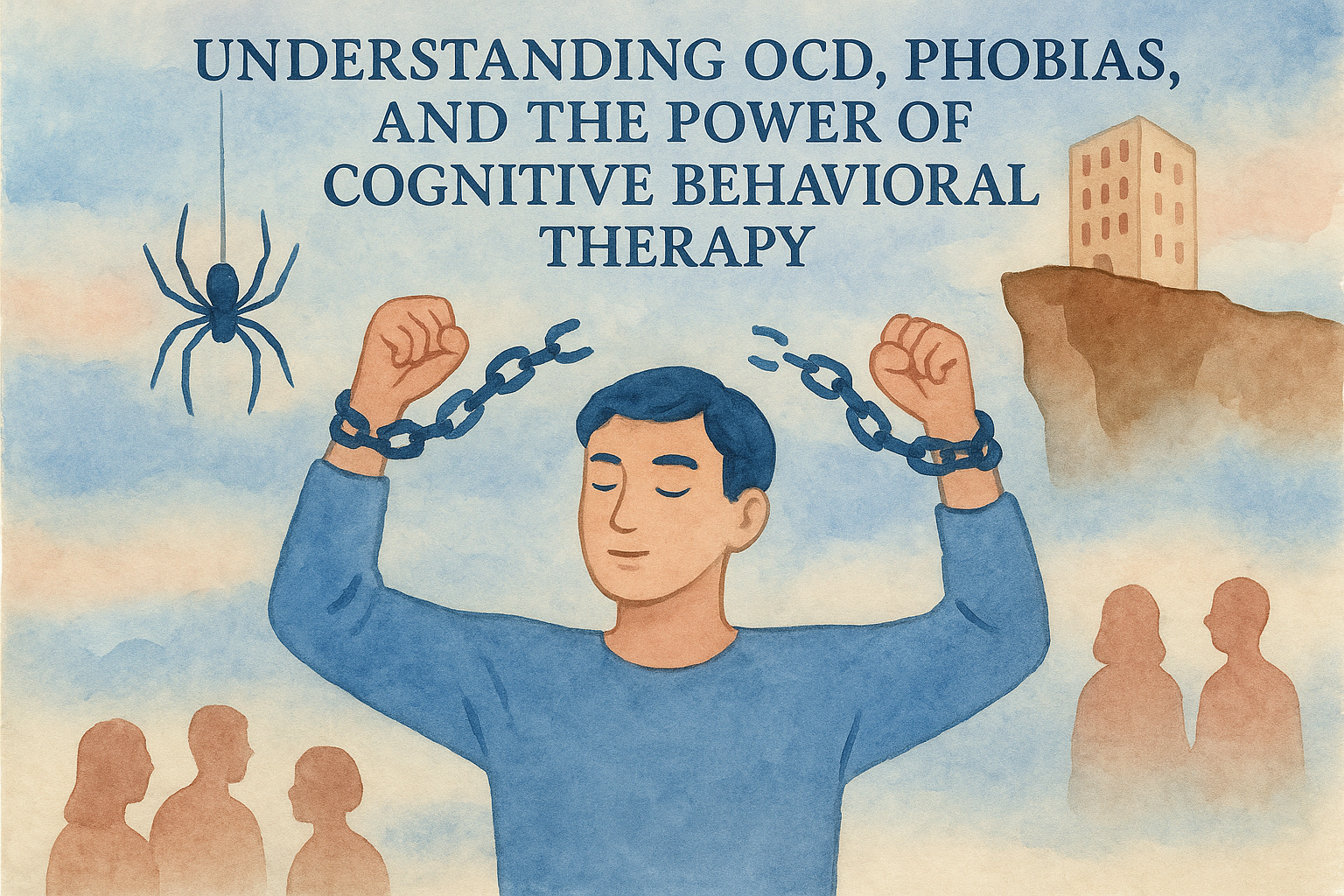Grief and loss are universal experiences, yet navigating them can be profoundly challenging. This article explores the interplay between maladaptive thinking related to grief and the fear of forgetting loved ones. Through a cognitive behavioral therapy (CBT) lens, we aim to foster understanding and flexibility in thought patterns, ultimately enhancing emotional resilience and mental wellbeing.
Understanding Grief and Loss
Grief is a profoundly complex emotional response to loss, particularly involving the death of loved ones. This multifaceted experience encompasses various dimensions, including emotional, physical, cognitive, and social aspects. Emotionally, individuals can experience a wide spectrum of feelings from sadness and anger to relief and confusion. Physically, grief may manifest in symptoms such as fatigue, sleeplessness, or changes in appetite. Cognitively, individuals often find themselves preoccupied with memories or thoughts of the deceased, while socially, one might feel isolated or disconnected from others who haven’t shared the same experience of loss.
The broader implications of grief extend beyond the individual, affecting families, friendships, and even workplaces. While it has long been understood through traditional models that grief unfolds in stages—denial, anger, bargaining, depression, and acceptance—modern theories like the Two-Track Model of Bereavement advocate for a more nuanced understanding. This model emphasizes the dual processes of adapting to life without the loved one while simultaneously preserving their memory. Resilience emerges from this adaptability, allowing individuals to engage with their loss in a way that honors what they’ve experienced while fostering healing.
For instance, consider Sarah, who lost her mother unexpectedly. At first, Sarah felt stuck in her grief, unable to return to her daily life or make decisions. She found herself retracing her mother’s steps, visiting familiar places tied to their memories. Gradually, Sarah discovered ways to maintain her mother’s presence in her life by creating a scrapbook filled with cherished memories and traditions they shared. Her grief didn’t dissipate; instead, it transformed, opening avenues for connection to her past and the resilience to move forward.
Another example is David, a father who lost his son to illness. Initially, his grief was marked by a profound sense of disconnection from friends and colleagues. For David, every time he saw a child playing, it was a stark reminder of his loss, leading him to withdraw further from social interactions. Over time, David sought support through a bereavement group where he encountered others sharing similar journeys. Through these connections, he learned that he was not alone and began to construct a new social framework that acknowledged his grief while allowing the integration of future joys into his life.
In navigating grief, individuals may struggle with maladaptive thinking patterns, which exacerbate their emotional pain. These cognitive distortions can lead to challenges such as feelings of guilt or fear of forgetting the deceased. For some, the thought “If I let go of my grief, it means I am forgetting them” can create a barrier to healing, leading to a prolonged state of sorrow. Such rigid beliefs, often steeped in an all-or-nothing mentality, can prevent individuals from experiencing joy or reconnecting with others.
Real-life scenarios illuminating these maladaptive patterns include Lisa, who feels immense guilt every time she smiles or laughs, believing that enjoying life is a betrayal to her deceased brother. This mindset traps her in a cycle of guilt and sadness, hindering her healing journey. In contrast, employing cognitive-behavioral techniques can help individuals like Lisa reframe their thoughts. Instead of viewing joy as a disloyalty, they may learn to recognize that joy can coexist with grief, allowing the memory of their loved one to live on in their happiness.
Cognitive Behavioral Therapy (CBT) is instrumental in this process. By identifying and challenging negative thoughts, individuals can develop a more flexible mindset that accommodates both grief and the possibility of joy. Techniques such as thought records, where individuals document their distortions and explore alternative interpretations, can help dismantle the fear of forgetting or the guilt surrounding one’s emotional responses.
Overall, understanding grief through this lens of cognitive behavioral principles not only aids individuals in processing their loss but also enhances their resilience and wellbeing. By learning to navigate the labyrinth of grief, they derive strength from their experiences, finding meaningful ways to honor their loved ones.
Maladaptive Thinking Patterns in Grief
Grief often brings with it a cascade of thoughts and feelings that can spiral into maladaptive thinking patterns. These cognitive distortions, marked by rigid and inflexible beliefs, can exacerbate the pain of loss and complicate the grieving process. Such patterns might include all-or-nothing thinking, overgeneralization, and personalization, which can lead individuals to feel hopeless, guilty, or even ashamed of their grief.
For example, consider Sarah, a woman in her 40s who lost her mother after a lengthy illness. In the wake of this loss, Sarah found herself entrenched in all-or-nothing thinking. She believed that if she did not adequately mourn her mother or express grief in a very specific way, she would be dishonoring her memory. This belief led her to seclude herself from friends and family, fearing that any moment of laughter or joy would undermine her commitment to her mother’s memory. Over time, this rigid perspective only deepened Sarah’s feelings of isolation and despair.
Another common maladaptive thought pattern observed in grief is overgeneralization. This is where individuals take one negative event, like the death of a loved one, and apply that experience to all aspects of their life. Mark, a 30-year-old man who recently lost his partner, fell into this trap. He began to see his future through a lens of hopelessness, believing that if he could lose the person he loved most, he could lose anything. Mark’s thoughts spiraled into the belief that he would forever be alone and unloved. Such pervasive thoughts can lead to depression, making it even harder for individuals like Mark to seek out new connections or experiences.
Cognitive Behavioral Therapy (CBT) provides a structured approach to combat these negative thinking patterns and enhance resilience. By helping individuals identify and challenge their distorted thoughts, CBT promotes a more flexible and adaptive mindset. For Sarah, a CBT-focused strategy involved recording her thoughts when she felt guilt about moving forward in her grief. By writing down these thoughts, she could see how irrational they often were when examined closely. Encouraged by her therapist, she began to reframe her beliefs about mourning, understanding that joy and remembrance could coexist. This shift allowed Sarah to engage with her friends once more, sharing memories of her mother and celebrating her life rather than solely focusing on the loss.
Mark, too, benefited from employing CBT techniques to reframe his thoughts. His therapist encouraged him to examine the validity of his belief that he would always be alone. Together, they crafted a list of evidence to the contrary, highlighting positive relationships in his life and previous experiences of happiness. He learned how to challenge catastrophic thinking by recognizing that while loss was painful, it did not dictate his entire life narrative. As he practiced these skills, Mark gradually began to foster new connections, embracing the possibility of love and companionship once more.
In both cases, the journey through grief highlights the power of challenging maladaptive thinking patterns. By making a conscious effort to recognize these distortions, individuals can begin to extract themselves from the grip of despair. Moreover, through the use of CBT techniques, they can cultivate a narrative that honors their loved ones while also nurturing their own healing and growth. This increased awareness leads to a more expansive understanding of grief, wherein individuals learn to validate their feelings while also embracing the possibility of a future that holds joy alongside sorrow. Integrating this cognitive flexibility into their grieving process can ultimately enhance resilience and well-being, helping them navigate the complex landscape of loss.
The Fear of Forgetting Loved Ones
The fear of forgetting loved ones often surfaces as one of the most profound challenges during the grieving process. Emotionally charged and laden with meaning, this fear can manifest itself in various ways, creating an additional layer of distress for individuals already grappling with loss. For instance, a widow might find herself obsessively recounting memories of her late husband, fearing that if she stops, he will fade away completely from her life. This anxiety can lead to behaviors such as compiling photo albums or writing letters to the deceased, driven by the belief that forgetting even a small detail equates to losing a part of the person forever.
At the core of this fear lies maladaptive thinking, where cognitive distortions come into play. Catastrophizing, for example, can amplify the dread of forgetting, leading to an irrational belief that if one memory is lost, it will precipitate a complete erasure of the relationship. An individual grieving a parent’s death may think, “If I can’t remember the sound of their laugh, I’ll have lost them for good.” This binary belief adds to the pain, making it feel as though any small forgetfulness constitutes a significant failure in the grieving process.
All-or-nothing thinking is another common cognitive distortion associated with this fear. It can materialize in statements such as, “If I don’t remember my loved one perfectly, I must not have loved them enough.” Such stark, simplistic judgments only serve to heighten feelings of guilt, inadequacy, and despair. By framing memory as an all-or-nothing experience, individuals may unwittingly block themselves from grieving in a healthy way, believing they can’t honor their loved one unless they retain a flawless recollection of every moment spent together.
Anecdotes of those facing this fear can be tremendously illuminating. Consider Jessica, a young woman who lost her mother to cancer. In the weeks following her death, Jessica found herself obsessively writing down every detail she could remember: favorite meals, vacations, conversations—all in an effort to preserve her mother’s essence. This compulsion, however, transformed into a source of anxiety. When she realized she couldn’t recall the exact color of her mother’s eyes at all times, it felt as if she was betraying her memory. Jessica eventually sought cognitive-behavioral therapy and began to examine these thoughts more critically. With the guidance of her therapist, she embraced a new perspective that a love shared doesn’t hinge solely on the preservation of perfect memories.
Cognitive strategies can be transformative in addressing these fears. One effective method is to cultivate opportunities for positive remembering. Instead of viewing forgetfulness through a lens of guilt, individuals can be encouraged to cherish the moments they do recall. Creating rituals, such as lighting a candle while sharing stories about their loved ones, can provide comfort, instilling a sense of connection rather than disconnection. This approach honors the essence of the deceased while simultaneously acknowledging the reality of change—a necessary aspect of the grieving journey.
Journaling can also serve as a powerful tool. Writing not only memorializes memories but allows the individual to reflect on how their loved ones influenced their lives. Additionally, writing prompts that encourage sharing positive traits, valued lessons, or shared joyful experiences can shift focus from fear of forgetting to celebrating the life and impact of the deceased.
As individuals embrace these strategies, they often discover emotional relief. Understanding that change and evolution of memory are natural processes can alleviate some of the anxiety surrounding forgetting. Life continues, and so too does the love that once existed; the challenge lies in cultivating resilience amid this evolution. By confronting and reframing the fear of forgetting, individuals can not only honor their loved ones but also find pathways to healing that cherish the memories instead of fearing their loss.
Building Resilience Through Cognitive Behavioral Approaches
Grief is an intricate tapestry of emotions, woven with threads of sorrow, longing, and love. It is a journey marked by its complexity, where each individual encounters their own unique experience in navigating the loss of a loved one. Within this emotional landscape, maladaptive thinking often emerges as a defining factor that can hinder one’s healing process. Cognitive Behavioral Therapy (CBT) provides effective tools to identify and mitigate these harmful thought patterns, ultimately fostering resilience in the face of grief.
One of the most prevalent forms of maladaptive thinking associated with grief is the tendency to engage in catastrophizing. This occurs when individuals amplify their fears and concerns, imagining worst-case scenarios surrounding their grief experience. For instance, a bereaved individual might fear that they will never feel joy again, believing that their life is irrevocably shattered. Such thoughts can lead to paralysis, preventing individuals from finding solace in memories or engaging in activities that honor their loved ones. Recognizing and reframing these catastrophic thoughts is an essential step in the healing process. By logically assessing the validity of their fears and replacing them with more balanced perspectives, individuals can start to dismantle the weight of their grief.
Another common cognitive distortion in the grieving process is all-or-nothing thinking. This black-and-white mindset can manifest as the belief that if one does not remember every detail of their loved one, they are somehow betraying their memory. This mindset can lead to intense guilt and anxiety, complicating the grieving process. By using CBT techniques, individuals can learn to embrace a more nuanced understanding of their memories. They can practice recognizing the shades of gray, allowing themselves to understand that it is normal to have varying feelings about their loved one and that forgetting certain details does not equate to forgetting the person entirely. Incorporating reflective practice, such as thought records, can aid individuals in capturing their thoughts and reframing them in a more adaptable manner.
Mindfulness is particularly powerful within a CBT framework for grief. Mindfulness encourages individuals to remain present with their feelings rather than getting lost in anxious thoughts about the past or future. Through mindfulness practices, such as meditation or guided imagery, one can explore their grief with gentleness and compassion for themselves. This approach helps individuals to accept painful emotions as a natural part of the grieving process. Mindfulness can facilitate connections with memories while fostering a sense of peace, allowing loved ones to be honored without the burden of guilt or fear.
To build resilience amidst sorrow, it is crucial for individuals to cultivate actionable strategies that promote emotional well-being. Creating rituals of remembrance, such as sharing stories or engaging in activities that reflect their loved one’s passions, can facilitate connection without the fear of forgetting. These practices not only honor the legacy of the deceased but also reshape one’s relationship with grief, allowing for joy and sorrow to coexist.
In implementing these cognitive and mindfulness strategies, individuals find pathways to healing while keeping the spirit of their loved ones alive. It is essential to remember that grief does not have a predetermined timeline or script; rather, it is a unique process that can be shaped through conscious effort. Encouraging self-compassion and the adoption of these techniques can empower individuals to rebuild aspects of their lives, creating a meaningful legacy that intertwines love, memory, and resilience. By actively engaging in the tools of CBT, individuals can navigate their grief with the understanding that it’s possible to continue living fully while cherishing those who have passed.
Conclusions
In conclusion, confronting grief and loss through a cognitive behavioral approach can illuminate the negative thinking patterns we may hold. By understanding and reframing these thoughts, we empower ourselves to cherish memories while maintaining emotional resilience. Embracing this method allows for healthier coping mechanisms and an enriched connection to our loved ones, even in their absence.

